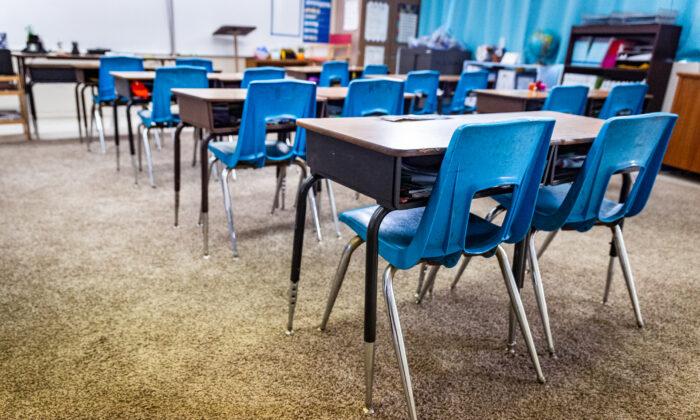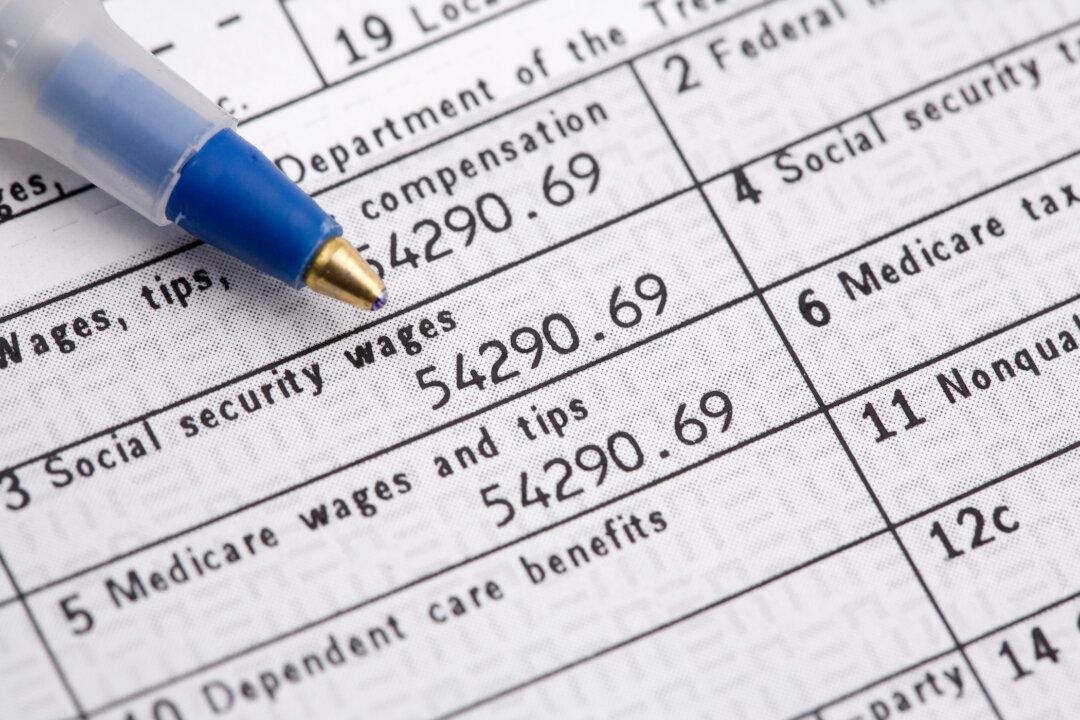One reason for the decline of public education in California is the inability of school districts to find, hire, and retain qualified teachers.
Not so in the 1950s and ’60s, when it was difficult for women to find employment other than in teaching or nursing. The reason public schools were excellent is that teachers were overqualified.
Today those women are lawyers, doctors, scientists, bankers, college professors—making three times a teacher’s salary (often more than their husbands).
Still, teaching is a profession. It’s like acting and sports: After years of training and looking forward to a thrilling career, no actor, athlete, or true teacher turns down an opportunity to exercise his or her craft. Truth be told, they would work for free.
Why? Because a profession is not a job; it’s a career in which, as you mature, you bring to the work everything you have learned and are still learning.
The rewards of a profession more than compensate for what is often a low salary. Professional baseball players’ salaries in the 1950s were meager (before advertisement revenue from television). Players traveled between cities on a Greyhound bus.
But when enthusiastic new teachers with master’s degrees in education from UC Berkeley and Stanford enter a classroom for the first time and discover that teaching isn’t really teaching but classroom management, which is not what they signed up for, many quit. This was more extreme in the 1980s—according to the California Commission on Teacher Credentialing, back then 50 percent of California teachers quit within three years and 75 percent within five—but it’s still a problem today.
Also, California can’t find qualified teachers because the teachers’ union and mainstream media have pushed so hard for diversity and inclusion that teachers are pressured not to suspend, expel, or even send students to the office for bad behavior. They are pressured, then, to creatively handle problems themselves, in the classroom, alone, at the expense of teaching, at the expense of a well-crafted lesson.
According to the San Francisco Examiner, the letter stated: “Replace suspensions with support. Sending a student home from school does not address the root cause of a student’s behavior; it removes students from the learning environment; and it has a disproportionate impact on African American students and students with disabilities, among other marginalized groups that are underperforming academically and overrepresented in our criminal justice system.”
Pure 1960s political activism, pure edubabble, it confuses correlation with causation—a huge error in logic.
The population of San Francisco in 1960 was 740,000, and 80,000 students were enrolled in the public schools. The population of San Francisco today is 815,000 (not much higher); 51,790 students are enrolled in the public schools (much lower).
So politicized by the Left, the nation’s public schools are now thoroughly incorporated into the “progressive industrial complex”—public housing, public schools, public prisons.
One solution may be to give students a voucher. Bad students would attend private schools, and good students would return to public schools. Why should parents pay property taxes, most of which go to public education, and then pay $20,000 to $40,000 a year per child to send their children to private school?
We should raise standards in public schools to what they were in the 1950s (even then, they were nowhere near as high as in Asia and Europe). That will bring back good students, raise test scores, and bring California from near the bottom nationwide for the last 40 years to near the top.
Another idea is to let underperforming students work at their own pace—with a grade that reflects that. An 11th-grade report card would look like this:
English 3 C-
Math 4 C+
PE 11 B+
Working at their own pace, students might enjoy school—except that elementary and middle school (K–8) will be all they are entitled to. High school (9–12) would be open only to students at grade level. Parents, rather than teachers, may start encouraging their children to stay in school.
Students not interested in school will go to work. With America’s dynamic economy, there’s plenty of work.





